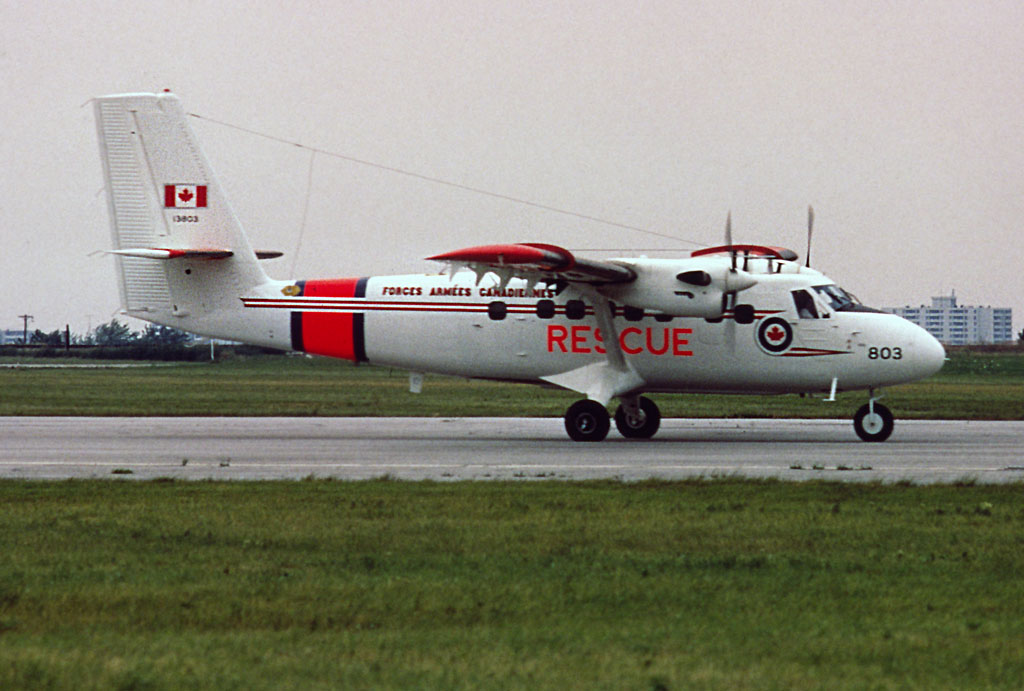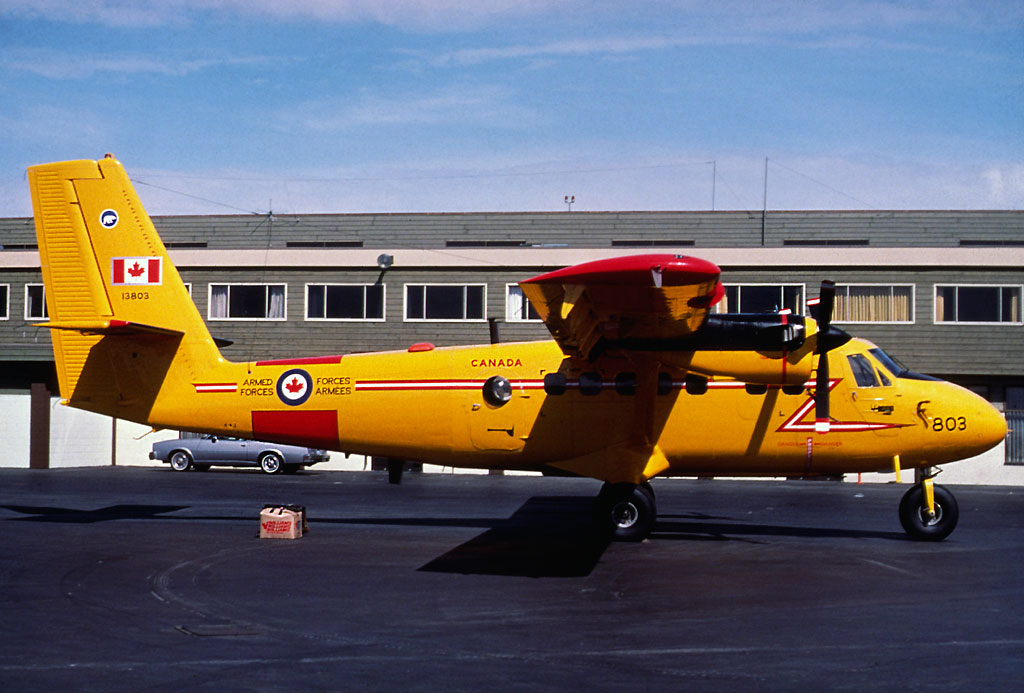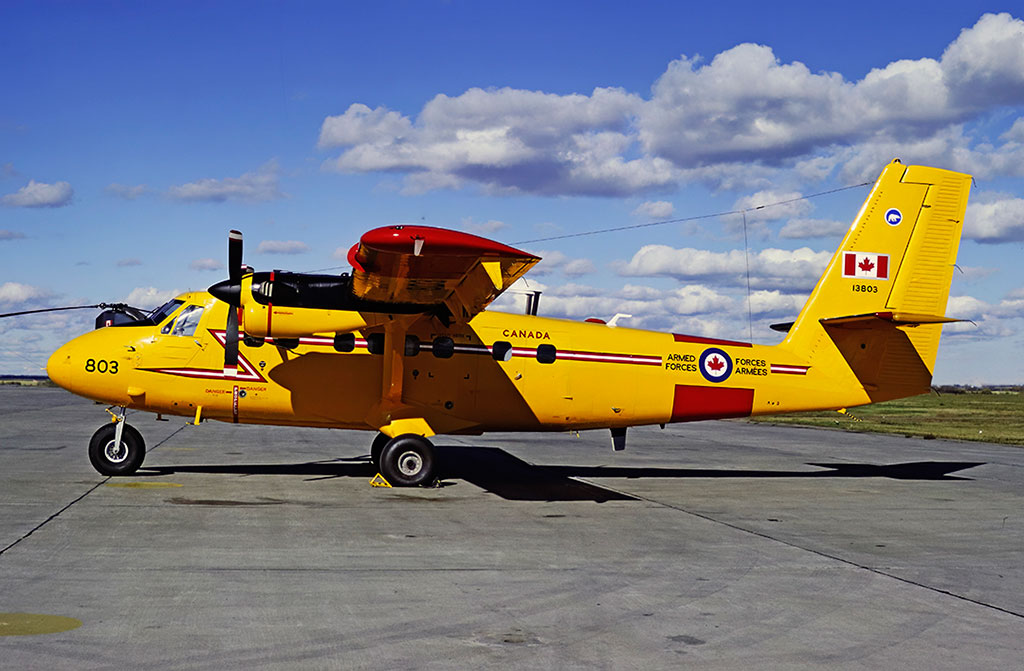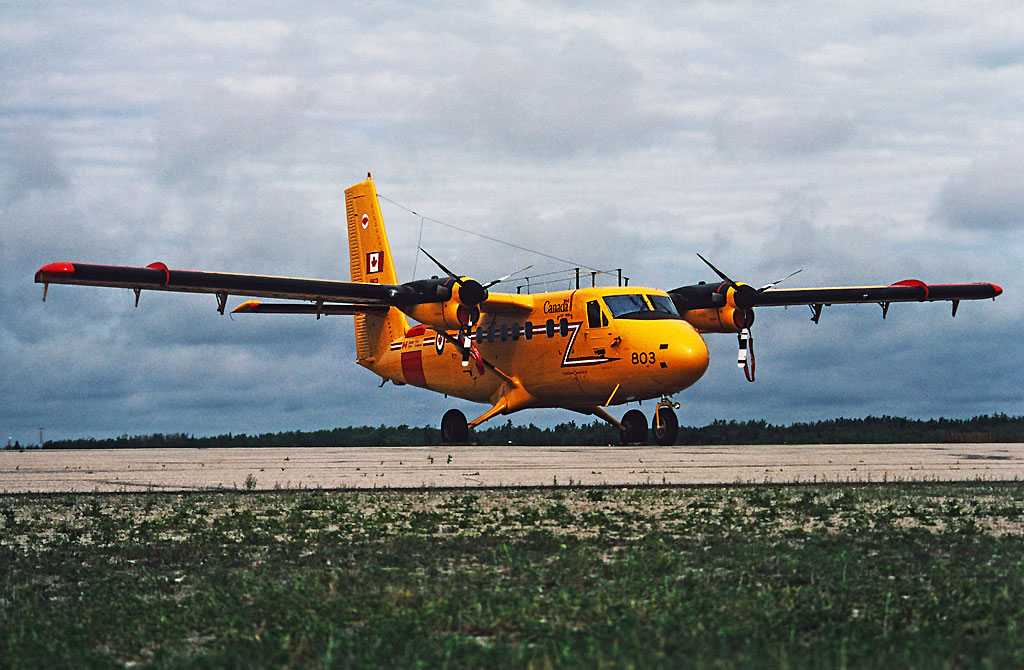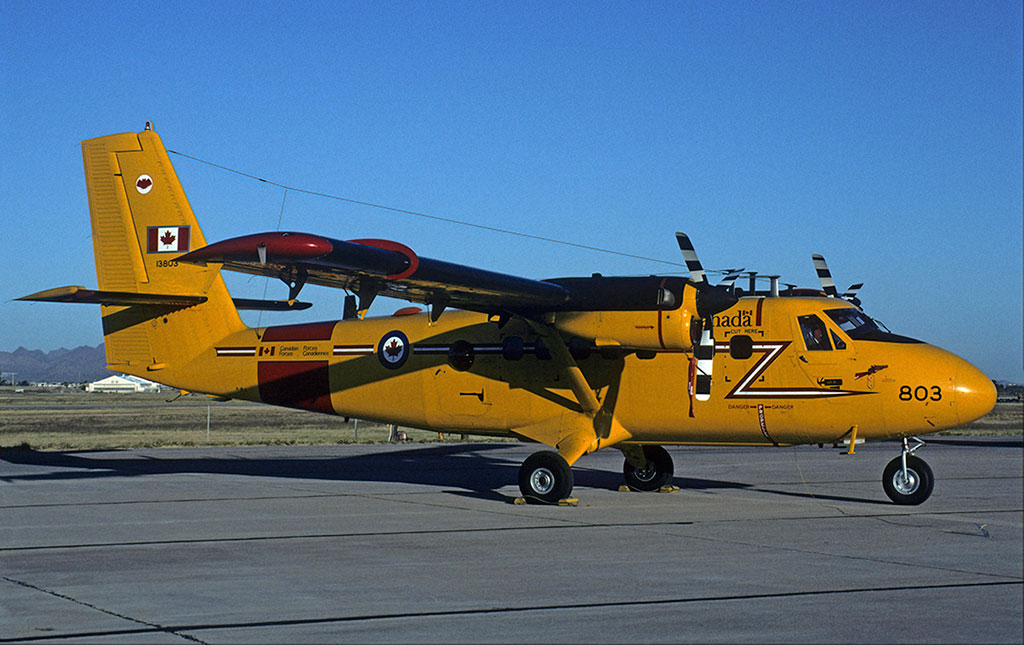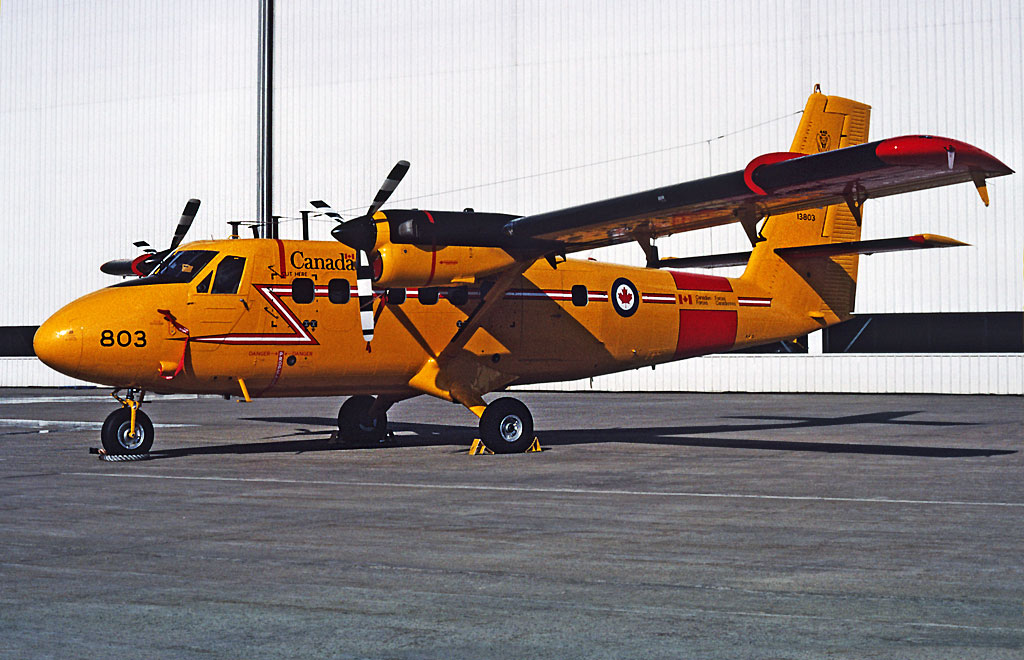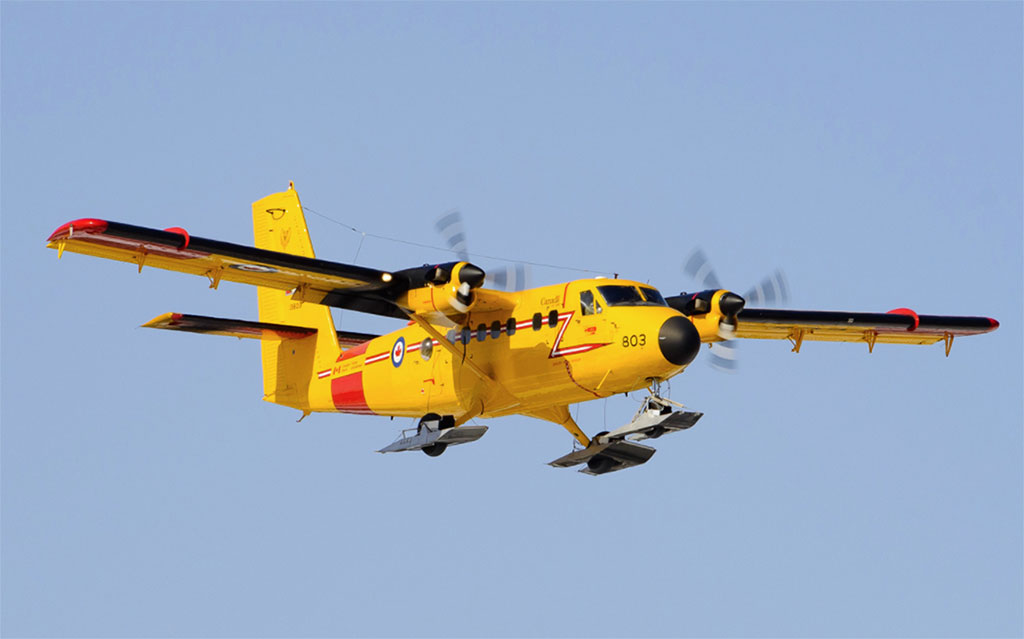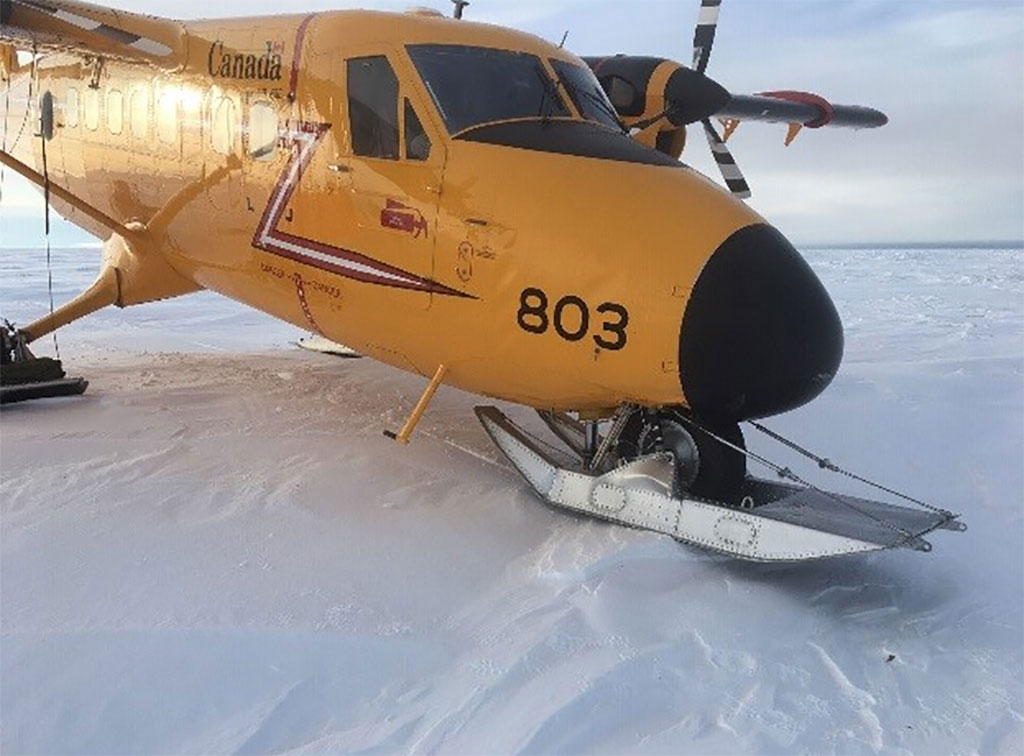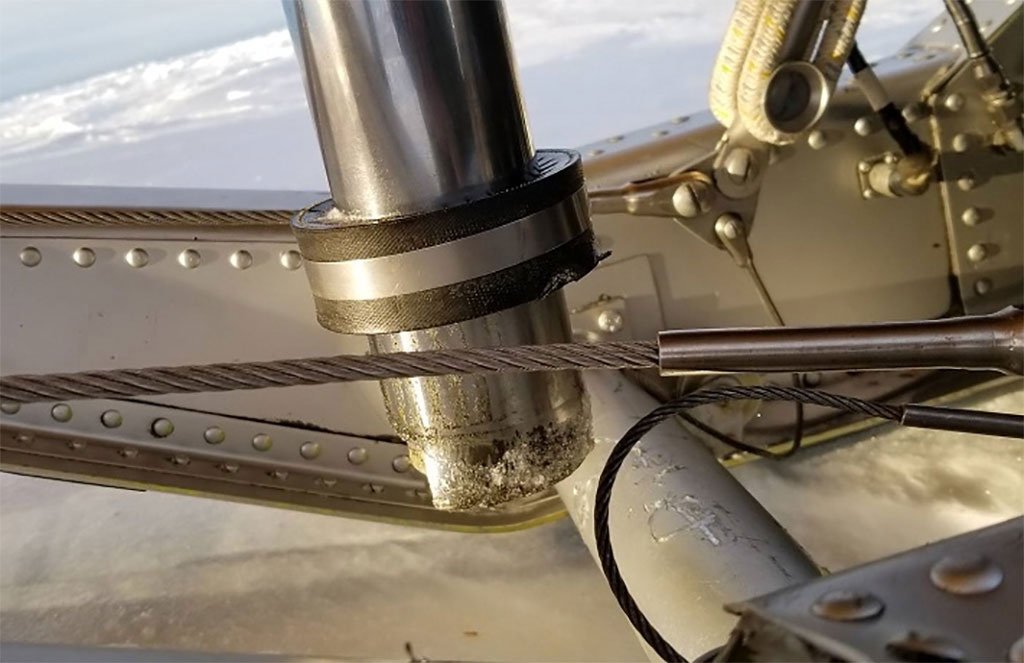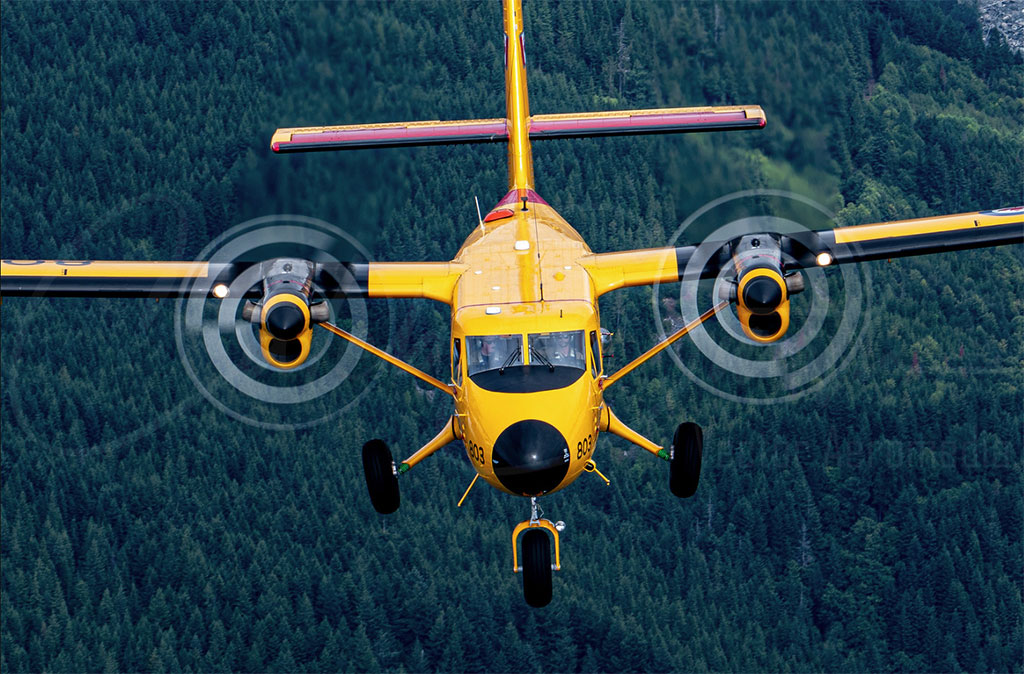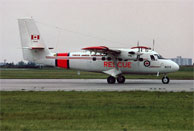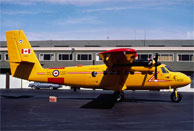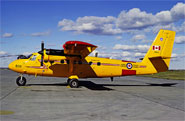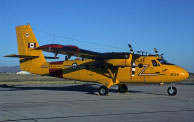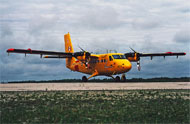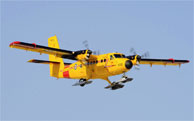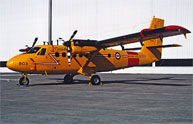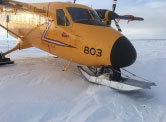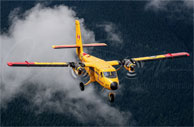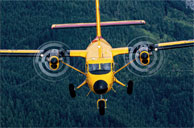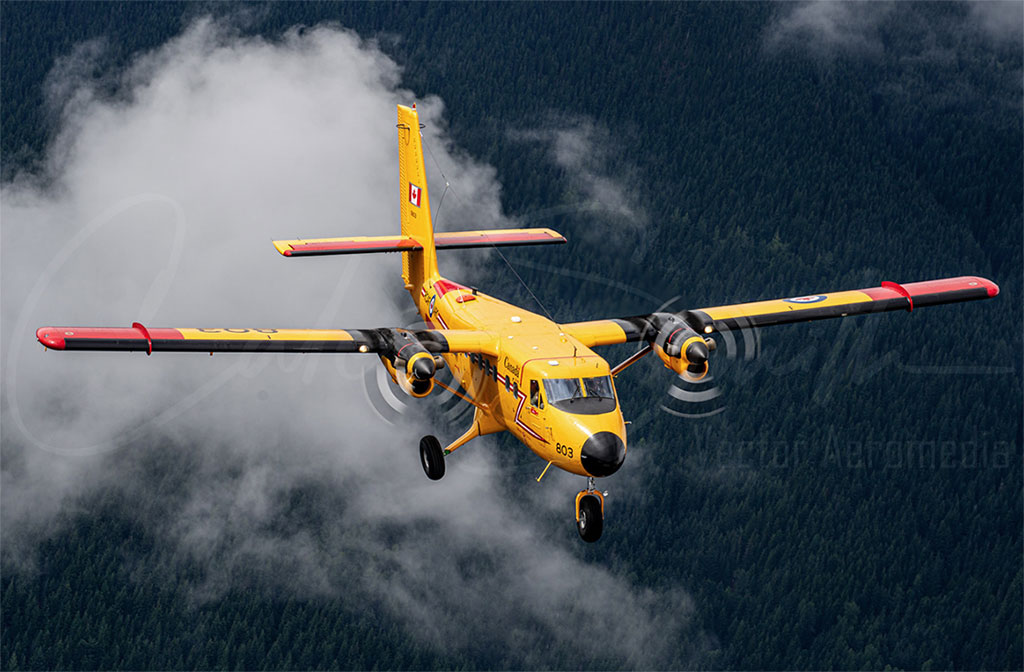|
• 13803 de Havilland Canada Inc., Downsview, ON. Rolled out 17-Feb-1971. First flight date 17-Feb-1971.
• 13803 Taken on strength with CAF - Canadian Armed Forces, 05-Aug-1971.
Note Attached to 424 Squadron, Trenton, ON., 26-Aug 1971., 440 Squadron, Yellowknife, NT 23-Sep-1971. 440 Squadron, Edmonton, AB., 19-Nov-1974. , 440 Squadron, Yellowknife, NT., 11-Jun-1975. 440 Squadron, Edmonton, AB. 06-Feb-1987. 440 Squadron, Yellowknife, NT., 1994.
• 13803 Renamed Royal Canadian Air Force, 440 Squadron, Yellowknife, NT.16-Nov-2011.
Accident. 140 km (87.5 mls) N Inuvik, NT. 11-Mar-2019. The aircraft was engaged in Operation Nanook-Nunalivut, a military exercise in the Arctic region of Canada. After landing on sea ice it struck a snowdrift.Seven occupants un injured. The aircraft sustained significant damage to the nose gear.
On 24-May -2019 the aircraft was recovered via a sling load back to Inuvik for repairs. The lift was accomplished using VIH Helicopters Sikorsky S-61N C-GOJN.
• Current •
RCAF Accident report: Project number: CC138803 - B Category.
The crew departed Tuktoyaktuk, NT with three scientists on board for a mission requiring the aircraft to land on unprepared sea ice surfaces. After completing an uneventful landing on sea ice near Tuktoyaktuk for scientific research, they flew the aircraft to Pelly Island located 50 miles to the West. The crew first completed two reconnaissance patterns above the sea ice surface to assess wind and surface conditions. The crew then conducted a final pass and chose an into-wind approach for landing on the sea ice, approximately 1 nautical mile from the island. The aircraft touched down on a smooth area of sea ice but then bounced into the air after contacting a drift perpendicular to the aircraft’s heading. The aircraft impacted the base of a larger drift once it settled back onto the sea ice. The nose landing gear collapsed and the aircraft came to a stop shortly thereafter.
The aircraft sustained very serious damage, with damage to multiple major components as a result of the impact with the snow drifts. No personnel were injured in the accident and all were subsequently evacuated to Inuvik, NT by civilian helicopter.
The investigation concluded that the crew did not see the drifts during the two reconnaissance patterns, during the final pass, nor when on approach for landing. The high cirrus cloud layer that obscured the sun contributed to the difficulty in assessing the sea ice surface. The investigation recommends modifications to the Standard Manoeuvre Manual (SMM) and the Mission Acceptance Launch Authority (MALA) worksheets for ski operations.
Note: The aircraft was airlifted, on 24 Mar-2020 from the sea ice to Inuvik by a heavy lift helicopter using a special sling. RCAF technicians had removed all fuel, non essential parts and equipment and Canadian Rangers provided protection from predators!
|
![]()
![]() click on arrows to navigate page by page.
click on arrows to navigate page by page.